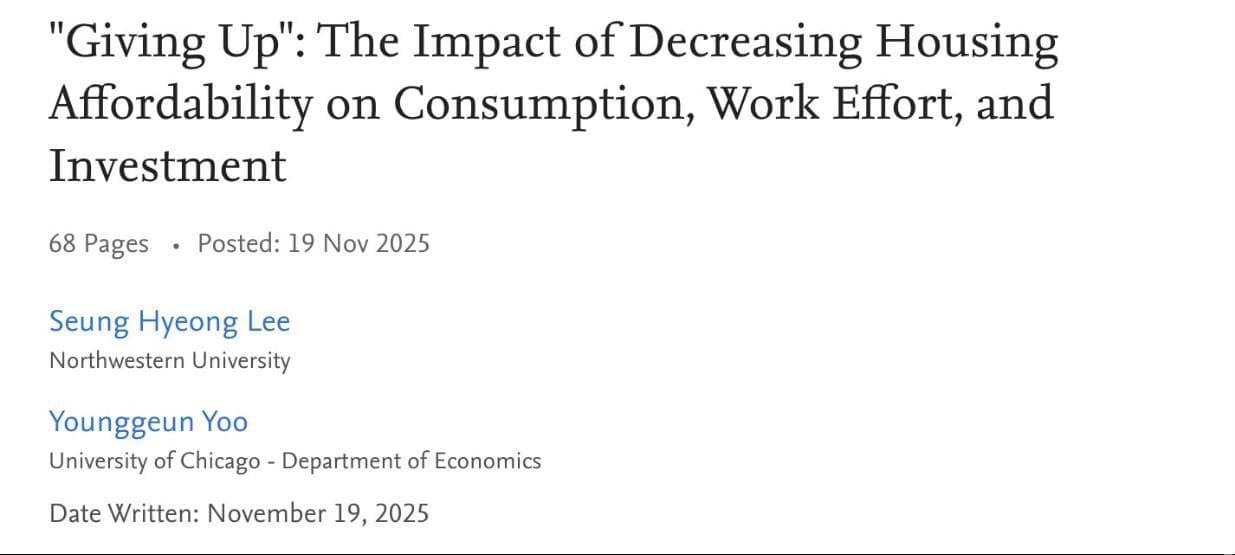U.S. aluminium prices have surged to approximately 50% higher than those in Europe and Japan, significantly impacting American manufacturers. This price disparity is largely attributed to tariffs imposed on imported aluminium, particularly from Canada.
The tariffs, enacted as part of ongoing trade tensions, have increased costs for U.S. companies that rely on aluminium for production. As a result, manufacturers are facing a competitive disadvantage in the global market, where lower prices abroad could attract potential customers away from U.S. products.
Historically, the U.S. aluminium industry has navigated fluctuating prices, but the current landscape has been exacerbated by recent developments, including Canada’s economy shrinking 1.6% as the trade war continues to impact exports. Analysts warn that if tariffs remain in place, the long-term viability of U.S. manufacturers could be jeopardized.
This situation raises concerns about job losses and economic growth within the sector. As American companies struggle to compete with their international counterparts, the pressure mounts on policymakers to reassess the tariff strategy to protect domestic industries while fostering a more balanced trading environment.








![[Video] Coast Guard sniper takes out narco-boat in Eastern Pacific](/_next/image?url=%2Fapi%2Fimage%2Fthumbnails%2Fthumbnail-1765029104101-04awi-thumbnail.jpg&w=3840&q=75)